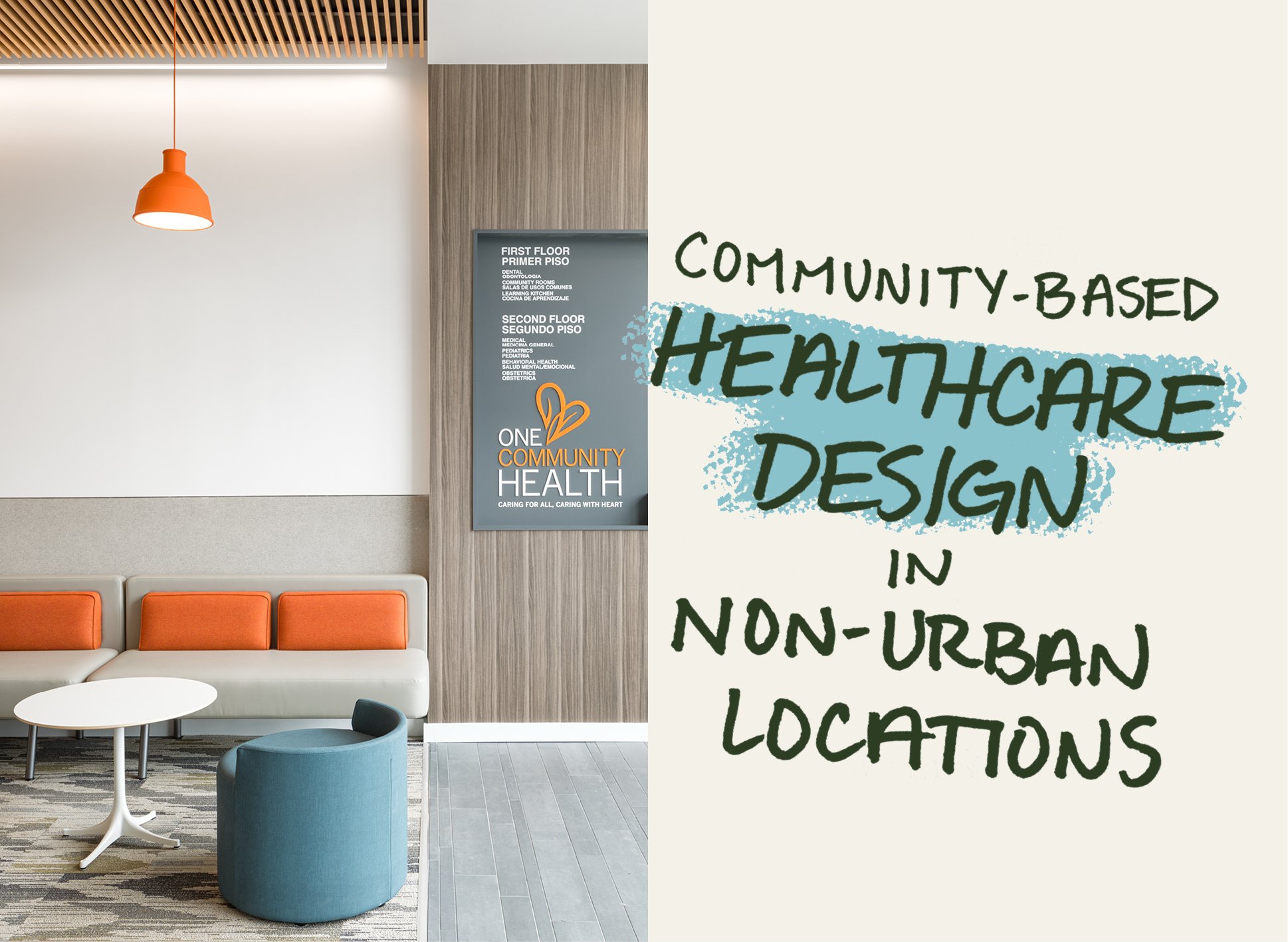SEA presents “Paths to Equitable Architecture” at AIA Oregon Design Conference
The 2024 AIA Oregon Design conference focus, "Beyond Shelter: Confronting Our Housing Crisis Together," inspired sessions covering everything from design innovations in the typology to maximizing tax incentives to sustainability. Scott Edwards Architecture's Principal Hayley Purdy and Senior Associate Eugenia Fama-Higgins, both designers of and passionate advocates for affordable housing, presented on the topic of "Paths to Equitable Architecture: Using Design to Make a Difference."
The presentation examined different paths designers can take to facilitate the successful integration of equity within their designs and encourage its incorporation into future housing. Hayley and Eugenia discussed best practices for stakeholder engagement, the benefits of working with entities and jurisdictions to tailor architectural solutions for neighborhood needs, applying universal, inclusive, equitable, and trauma-informed design principles, and embracing diversity and how it applies to architecture. They also defined and examined the concept of design justice, the rethinking of design processes to center people and groups regularly marginalized by design.
"Paths to Equitable Architecture” explored opportunities to use design to empower and heal communities, and the idea that a designer’s role is that of a facilitator, rather than that of a director, in pursuit of solutions that address the deepest challenges our communities face. To illustrate processes for creating more equitable architecture, Hayley and Eugenia presented case studies demonstrating two paths; community engagement in the Nueva Esperanza Affordable Housing development (Path 1) and due diligence in the Harvey Rice Heritage Affordable Housing project (Path 2), shown below.
Path 1’s focus on community engagement led to culturally informed decisions at every scale, from the unit layouts and features to the common areas and outdoor amenities to the carefully considered site planning that integrated parking, meandering paths, and lush courtyards. Community engagement is a topic we’ve also explored in a previous blog piece, Designing for Diverse Communities.
Path 2’s focus on due diligence required deep research into the neighborhood’s history and demographics, and the client's mission.
Each path outlines an approach to achieve not just an equitable outcome, but process, ensuring each project’s community actively participated in how the designs took shape. The discussion used project examples as real-world examples of how design prioritizing equity can help create impactful spaces that best serve their community and how the same ideas can be replicated in projects moving forward.
About the Presenters
Hayley Purdy is a Principal at Scott Edwards Architecture and leads a team that pursues community-focused work. Her passion and experience, along with her ability to push design forward, have given her a versatile skillset as a designer and leader. Hayley’s work often includes significant community involvement and creating unique, integrated spaces that are highly contextualized. She cares deeply about design’s role in bettering people’s lives, and her past work in affordable housing, community-based healthcare, libraries, adaptive reuse, and historic preservation has proven particularly rewarding.
Eugenia Fama-Higgins is a licensed architect from Argentina and a Senior Associate at Scott Edwards Architecture with over 15 years of experience. She is a passionate and innovative designer who prioritizes equity in architecture by advocating for robust community engagement and context-driven solutions. Eugenia is conscious of how design can change and impact our environment, health, and community, and it is through this lens that she approaches her work. Eugenia’s primary focus is on affordable housing, senior living, and community-based projects, and she finds the collaborative nature of these projects leads to impactful, human-scaled results.











